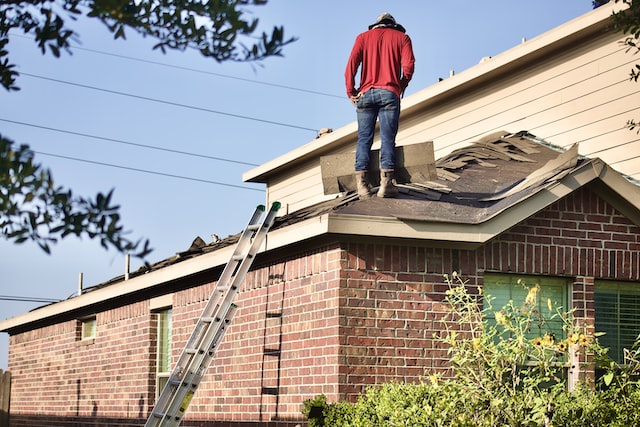Reinventing the roof is one of the most enjoyable and challenging parts of restoring a home. Roof restoration requires precision and attention to detail. Even a minor error can have serious consequences. The roof is also one of the most exposed parts of your house so any mistakes will be very evident. To ensure that your roof restoration project goes smoothly and with minimal damage, you must take some precautions beforehand. Here are five ways to reduce damage during a roof restoration project:
1. Check for Hidden Damage Before the Job Begins.
As exciting as it is to see your roof get a face-lift, first, you must ensure that there isn’t any hidden damage. If you discover any areas of your roof that have sustained hidden damage, you can either fix them before you start the roof restoration or hire a roofer to repair them during the roof restoration process. In the latter case, you will have to factor in the extra time and cost into your roof restoration budget. If you open up the walls of your house to access the roof, you also have the opportunity to assess the condition of the roof structure. Damaged or rotting roof framing members can cause leaks and structural issues, so it is essential to discover and repair these problems before you begin work on your roof. It is a lot better to get everything done all in one that way a prior issue doesn’t affect the new structure of your roof.
2. Only Use Licensed Roofers.
You might be tempted to save money by hiring an unlicensed roofer for your roof restoration project. However, you may regret this decision later. Unlicensed roofers may not have the expertise needed to complete your roof restoration project and may cut corners during the job that cause more damage. You should check if the roofer you plan to hire is licensed. You can check the roofer’s license number in your state’s licensing database. Many state licensing boards allow you to search their database online. If the roofer has a valid license, you know they have completed the necessary training and passed an exam related to roofing. If the roofer is not licensed, you might want to hire a different roofer. Trying to fix it on your own can also cause major damage to your home if you end up making a mistake.
3. Use Adhesives Instead of Nails.
During a roof restoration project, you might need to insert shingles, flashing, or other roofing materials into a hole in your roof. Roofing adhesives can be used to help secure these materials in place. Using adhesives instead of nails can reduce the risk of leaks caused by loose materials. You can also tear these materials out if you need to perform a more severe repair later. Adhesives are easy to use and can be applied with a caulking gun. Make sure you choose the suitable adhesive for the job.
4. Tarping is Essential.
Tarping your roof during a roof restoration project is crucial. If you don’t tarp your roof, you run the risk of tearing up your roof even further. And since most roof repairs require the removal of shingles, you need to protect them with a tarp. The roofing tarps should be large enough to cover the entire roof and edges. You may also want to cover any overhangs around the edge of your roof. If you need to cut a hole in the tarp to install a ventilation or radio antenna (if your roof faces a street), ensure you cover the hole with a flap secured with adhesive and nails or staples. After the roof restoration project, you will need to remove the tarp.
5. Hire a Professional Restoration Crew.
Hiring professional roofers is an excellent way to reduce damage during a roof restoration project. Professionals are more likely to follow best practices and avoid damaging your roof. Roofers often come in pairs, with one person responsible for the roof and the other responsible for the ground. The person on the ground ensures that no one is harmed by falling debris and that the surrounding properties are protected. If you have nearby plants, shrubs, or trees, you should take steps to protect them from falling debris.
Conclusion
When it comes to restoring your roof, there are many things you can do to reduce damage. The best way to avoid damaging your roof during a roof restoration project is to check for hidden damage and perform any necessary repairs before you begin the project. You should only hire licensed roofers, use adhesives instead of nails, and make sure to tarp your roof to protect it during the restoration project. If you follow these tips, your roof restoration project will go more smoothly and cause less damage.





